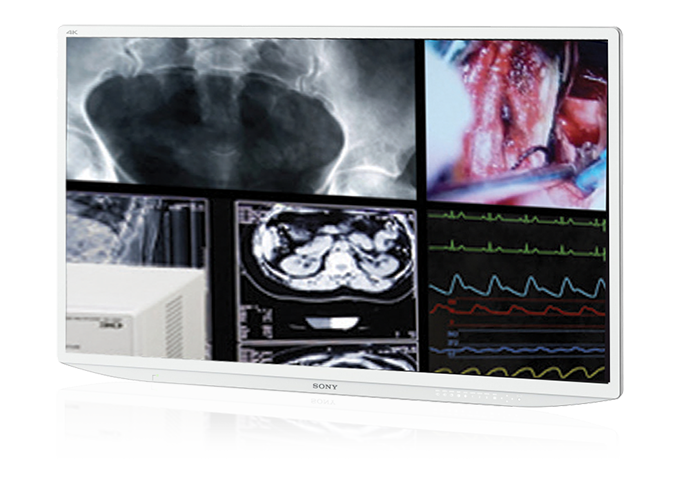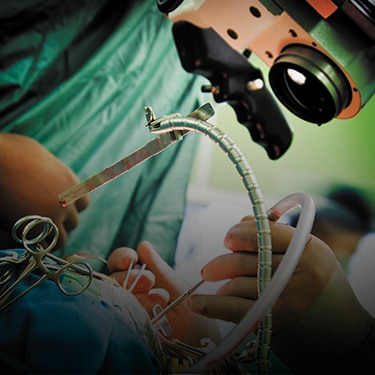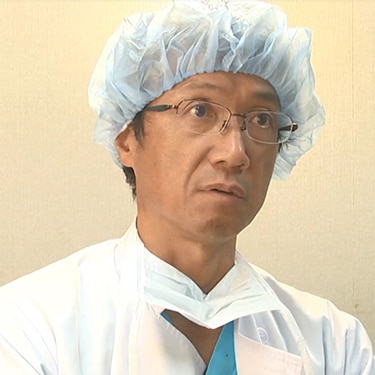4 key questions about Sony 4K you've always wanted to ask us
Anne Bondulich, Surgical Marketing Manager, Sony USA, answers key questions on the latest 4K developments for the medical industry.

1. When we think of Sony we think of entertainment and a host of consumer products. So how has Sony adapted its practices to excel in the medical industry? And where are Sony products found within a healthcare organisation?
Many of the products Sony offers for the medical industry have been adapted from technologies used successfully in other professional and B2B markets – as well as the consumer electronics industry. From HD and 3D to OLED and now 4K. We can take advantage of our technology expertise in broadcast and production, and continually make that success translate into medical. And we have committed significant resources to optimising and adapting our current innovations for the medical field.
Sony’s medical business covers general surgery, radiology, endoscopy, ophthalmology, neurology, urology – any area that can benefit from the effective use of A/V technology. Sony A/V technology for medical applications also goes far beyond the OR. Business projectors, large screen displays and video conferencing systems are found in hospital conference rooms and lecture halls. Robotic and pan-tilt-zoom cameras are in training and simulation areas. IP live technologies can make training and education available anytime, anywhere.
HD monitors and remote cameras allow healthcare providers to monitor patients remotely or confer with other specialists regardless of location. Remote PTZ cameras can centralise patient monitoring from the nurses’ station. And security cameras and surveillance technologies can monitor an entire complex from parking areas, to hallways, to common areas.
So our technologies can be found throughout a healthcare organisation, from the OR to the classroom, and everywhere in between.

2. What trends is Sony seeing in medical visualisation?
High-quality visualisation for the OR has advanced so rapidly. It’s become an extremely important resource for every area of surgery, and visualisation technology will definitely continue to improve. For example, we’ve moved past HD, and onto 4K resolution. We have launched our 4K monitors and are refining our 4K recording system, enabling surgeons to experience the benefits of 4K endoscopic surgical systems devices that offer 4 times the resolution of HD.
Healthcare organisations are also looking for turnkey end-to-end solutions, including cameras, monitors and recorders. It’s not just about a camera, or a monitor, or a printer working alone. We’re thinking about the entire medical workflow – compatibility between visualisation technology and other imaging devices and how all products work together from image capture to editing to display, to storing and sharing.
4K also allows surgeons and their teams to see a procedure or an image on a monitor with more clarity than ever before.
3. 4K is certainly becoming a hot trend on the consumer front. What medical specialities will benefit from 4K technology and why?
4K’s increased level of resolution and clarity can give surgeons and their teams a better view of general anatomy and blood vessels which, in the end, can help improve workflow and patient outcomes.
This technology can be revolutionary for minimally invasive and microsurgical procedures, including neurology and ophthalmic. Four times the amount of visualisation results in virtually no pixilation and gives a greater sense of depth to the image.
Sony 4K technologies are already proven in motion picture and television production, digital projection in movie theaters, sports broadcasts, live events, and home viewing on consumer 4K TVs. The clarity, resolution and detail of 4K images hold great potential for increased visualisation during or after a surgical procedure
4. We know you are also a leader in 3D for medical. What’s the ideal balance of 3D and 4K solutions? Will healthcare facilities use both?
Both technologies – 3D and 4K – offer an incredible range of benefits for a medical environment and, yes, healthcare facilities can certainly use both.
3D technology is already being used to help improve surgical procedures. 3D also provides a more in-depth and immersive surgical training experience.
Sony is also developing 4K technologies for medical to allow surgeons and their teams to see a procedure or an image on a monitor in new ways.
Whatever the surgical application, Sony has the right technology to help deliver optimised results. Whether it’s adding the enhanced depth perception of 3D to (what have until now been) 2D surgeries, or bringing previously unseen details to life in 4K resolution.
The ability to record and display in 3D versus 2D gives surgeons a realistic depth of field and helps them navigate through a procedure easily.

